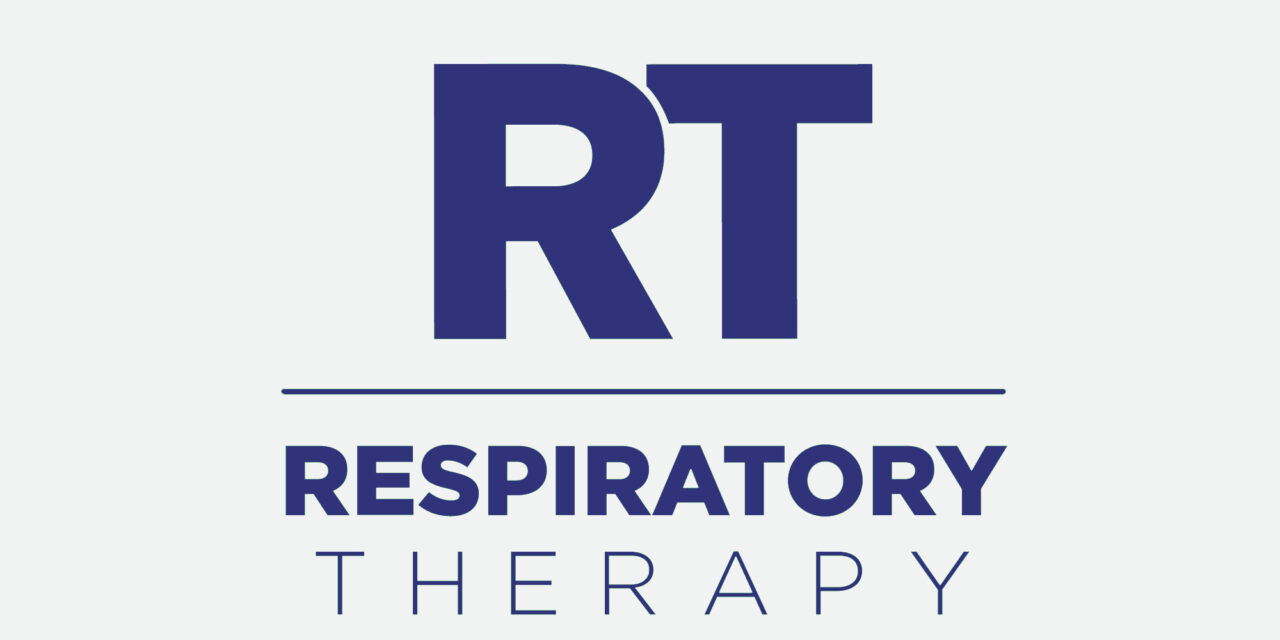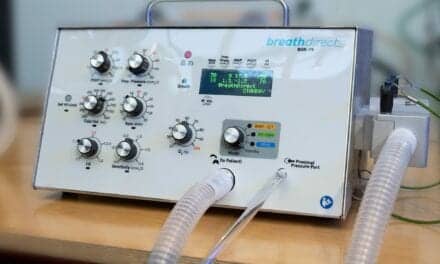Most sleep professionals will agree that pulse oximetry during polysomnography is essential for use in scoring respiratory disturbance events. RT spoke with Takaaki Saito, business development manager, Instrument Systems Division, Konica Minolta Photo Imaging USA Inc, Mahwah, NJ, about some of the benefits of using pulse oximetry during polysomnography to detect sleep apnea.

RT: What is the importance of pulse oximetry to polysomnography?
Saito: Pulse oximetry gives essential information on a patient’s baseline arterial oxygen and will reveal irregular, or interrupted, breathing patterns. That type of information is very useful in diagnosing a person who has sleep apnea. Oxygenated hemoglobin absorbs more infrared light and less red light. Deoxygenated hemoglobin is the reverse: less infrared light and more red light. Pulse oximeters can measure the R/IR ratio generated by the pulse. The pulse oximeter will record a patient’s pulse and SpO2.
RT: How can a portable pulse oximeter be used for a potential sleep apnea patient?
Saito: If a doctor believes a patient is suffering from sleep disorders, the doctor can give the patient a pulse oximeter to wear overnight while the patient is sleeping. Konica Minolta’s Pulsox can be worn like a watch and the probe attaches to a finger. The next day, the patient can return the pulse oximeter to the doctor, who will download the data. That data will help the doctor determine whether the patient has a potential sleep apnea problem. If the patient appears to have sleep apnea, the next step might be to enroll the patient in a sleep lab. While in the lab, sleep tests will be conducted by polysomnography where pulse oximetry is one of the main parameters.
RT: What are the pros and cons of using portable pulse oximeter?
Saito: One of the pros of using a portable pulse oximeter is that it is a simple-to-use and economical screening device to determine patients who might have sleep apnea. It would provide supportive data to doctors of those patients who are true candidates for a sleep lab. Konica Minolta’s wristwatch-type Pulsox gives maximum comfort so that the person who wears the device can experience normal sleep habits at home or at other places of sleep study.
On the con side, a portable pulse oximeter tends to have battery operation, while the desktop-type pulse oximeter runs with AC power. Portable pulse oximeters require battery replacement. Konica Minolta Pulsox is operated by two economical AAA batteries, which last for 48 hours.









